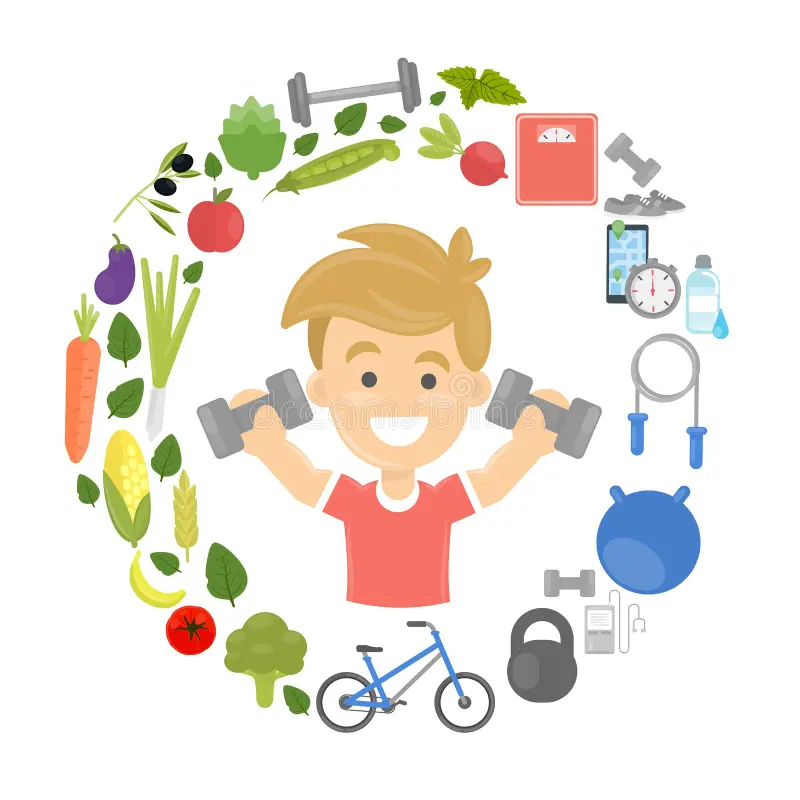Cultivating Work-Life Harmony in the Student Experience
The collegiate experience presents a unique challenge: harmonizing rigorous academic demands with the multifaceted aspects of personal life. The pressure to achieve academic excellence while maintaining social connections and pursuing personal enrichment can lead to overwhelming stress and burnout. This article explores strategies grounded in established time management theories and well-being frameworks to cultivate a sustainable work-life harmony during the student years. Key concepts like time management (incorporating techniques such as the Pomodoro Technique and Eisenhower Matrix), self-efficacy, stress management, and the concept of boundary setting will be examined and applied to practical scenarios faced by students.
- Prioritization and Goal Setting: A Foundation for Balance: Effective time management begins with a comprehensive assessment of responsibilities. Employing tools such as task lists and prioritization matrices (e.g., the Eisenhower Matrix, categorizing tasks by urgency and importance) allows for a realistic appraisal of workload. This informs the development of SMART goals (Specific, Measurable, Achievable, Relevant, Time-bound) which break down large objectives into smaller, manageable steps. This aligns with the principles of goal-setting theory, emphasizing the importance of clear, challenging, and attainable goals for motivation and achievement. For instance, instead of aiming for a general "high GPA," a SMART goal might be "achieve an A in Biology 101 by completing all assigned readings and homework by their respective deadlines".
- Strategic Time Allocation: Designing a Functional Schedule: A structured schedule is crucial for effective time management. This involves allocating specific time blocks for academic activities (lectures, study sessions, project work), social engagements, personal pursuits (hobbies, relaxation), and essential self-care. This approach mirrors the principles of time blocking, a time management technique found to increase productivity and reduce stress by minimizing decision fatigue. Consistent adherence to this schedule strengthens self-efficacy—the belief in one's ability to succeed—promoting proactive task completion and reducing procrastination.
- Proactive Time Management Techniques: Optimizing Productivity: Implementing efficient time management strategies is paramount. The Pomodoro Technique, involving focused work intervals punctuated by short breaks, enhances concentration and prevents burnout. Coupled with prioritizing tasks based on their urgency and importance (Eisenhower Matrix), this approach maximizes productivity and minimizes wasted time. This methodology leverages principles of cognitive psychology by acknowledging limitations in sustained attention and incorporating deliberate rest periods for optimal cognitive function.
- Boundary Setting: Maintaining a Healthy Separation: Creating clear boundaries between academic and personal life is vital for preventing burnout. This involves designating specific times for disconnecting from academic work and dedicating time solely for relaxation and personal activities. These boundaries serve as a buffer, preventing the encroachment of academic pressures into personal time. Setting and enforcing these boundaries can be understood within the framework of self-regulation theory, highlighting the importance of proactive control over one’s environment and behavior in promoting well-being.
- Self-Care and Well-being: A Non-Negotiable Aspect: Prioritizing self-care is not optional but crucial for maintaining a healthy balance. This involves incorporating activities that promote physical and mental well-being, such as regular exercise, mindfulness practices, sufficient sleep, and engaging in enjoyable hobbies. This aligns with the biopsychosocial model, emphasizing the interconnectedness of biological, psychological, and social factors in influencing overall health and well-being. Neglecting self-care diminishes resilience, making students more susceptible to stress and burnout.
- Building a Support Network: Leveraging Social Capital: Seeking support from friends, family, mentors, or university resources is essential. Open communication about challenges allows for shared problem-solving and emotional support. This underscores the importance of social capital—the resources and support derived from social connections—in navigating the stressors of student life. University counseling services provide access to professional guidance for stress management and coping mechanisms.
- Mindfulness and Self-Reflection: Cultivating Presence and Adaptability: Practicing mindfulness enhances awareness of the present moment, reducing stress and increasing appreciation for both academic pursuits and personal experiences. Regular self-reflection encourages assessment of work-life balance, identifying areas needing adjustment. This iterative process ensures the strategies employed remain relevant and effective, adapting to the ever-changing demands of student life. This approach emphasizes the principles of continuous improvement and self-awareness, vital components of personal growth.
- Celebrating Success and Embracing the Journey: Acknowledging and celebrating achievements, both academic and personal, is critical for motivation. This positive reinforcement counteracts the potential for feelings of inadequacy or exhaustion that may arise from challenging workloads. Regular breaks help maintain a balanced perspective, reinforcing the importance of the overall journey rather than solely focusing on the end goal. This approach aligns with self-determination theory, which highlights the importance of autonomy, competence, and relatedness in motivation and well-being.
Conclusions and Recommendations
Achieving work-life harmony as a student requires a proactive and holistic approach. By strategically prioritizing responsibilities, implementing effective time management techniques, setting clear boundaries, and prioritizing self-care, students can cultivate a sustainable balance that fosters both academic success and personal well-being. Further research could explore the effectiveness of specific interventions—such as mindfulness-based stress reduction programs or tailored time management workshops—in promoting work-life harmony among diverse student populations. The integration of these strategies into university curricula and support services could significantly contribute to student success and overall mental health. The long-term impact extends beyond the student years, equipping individuals with essential skills for managing stress and maintaining a balanced lifestyle throughout their lives. The application of these concepts, integrating established theories of time management, stress reduction, and well-being, provides a practical framework for students to navigate the complexities of the collegiate experience and emerge successful and well-adjusted.
Reader Pool: What innovative strategies could universities implement to better support students in achieving a sustainable work-life balance?





No comments yet. Be the first to share your thoughts!